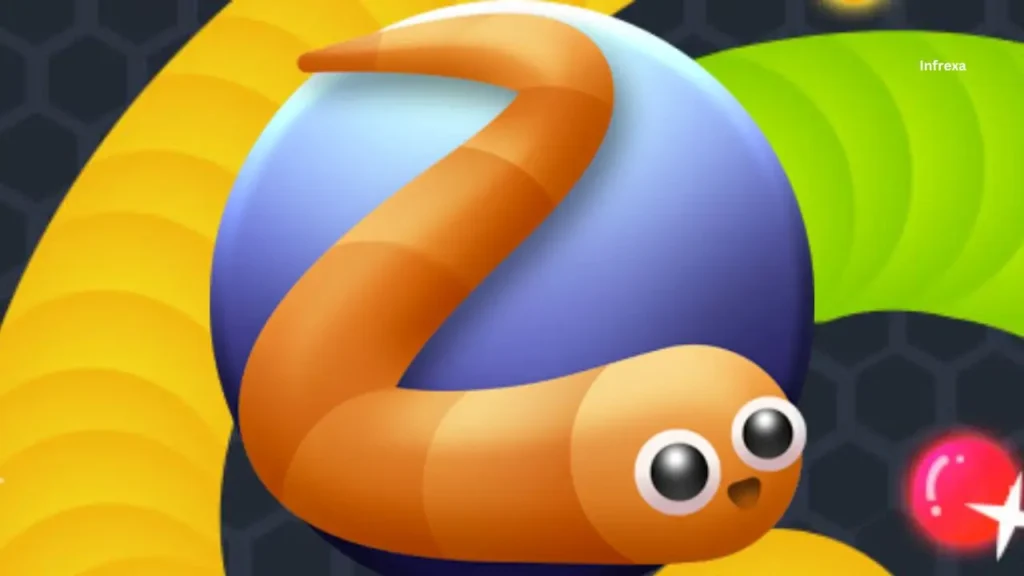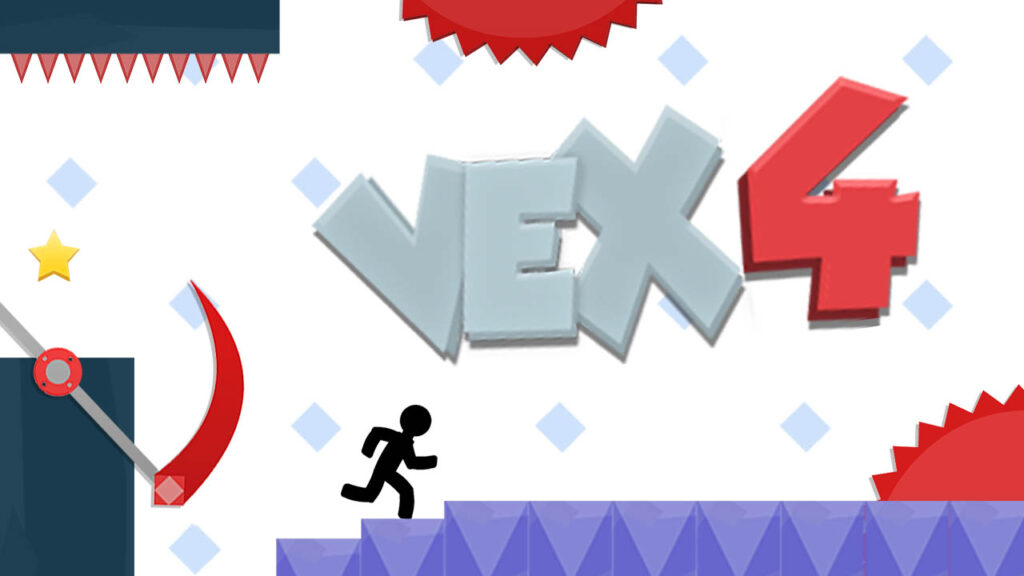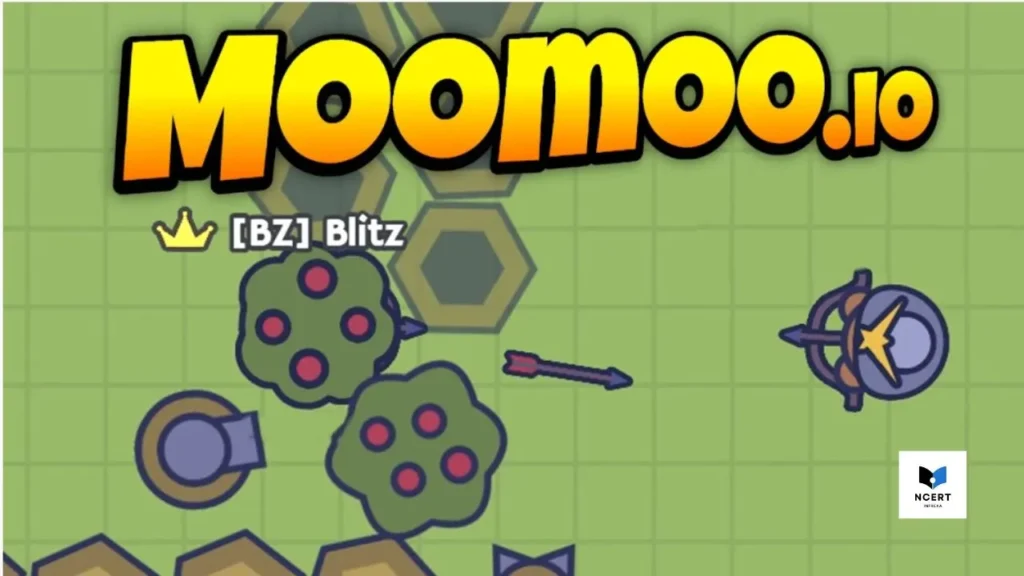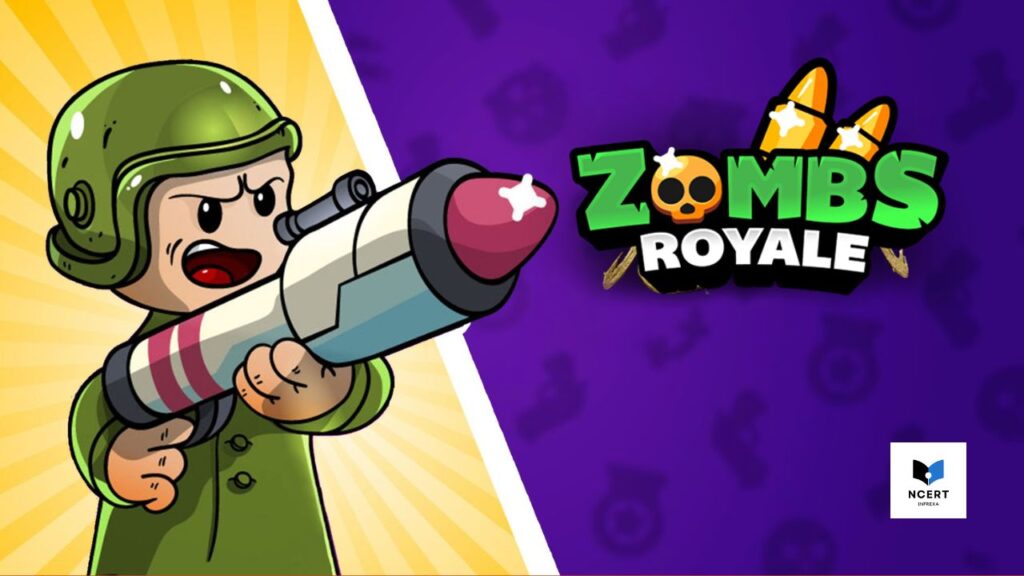When I first played Slither.io, it seemed simple: move around, eat glowing pellets, and hope not to crash. But after spending hours learning the game, the patterns become clear. Survival and growth depend less on reflex and more on patience, positioning, and knowing when to spend your mass for a calculated gain.
Released in 2016 by developer Steve Howse, Slither.io built on the classic Snake formula and turned it into a real-time multiplayer arena.
| Developer | Steve Howse |
| Release | 25 March 2016 |
| Mode | Multiplayer |
| Genres | Snake, MMO |
| Platform | Browser, iOS, Android, Windows |
The objective is straightforward: grow your snake as long as possible while avoiding collisions with others. What keeps the game interesting is the balance between risk and reward, especially when boosting or attempting kills.
Core Mechanics and Gameplay
The game revolves around three key systems: movement, boosting, and mass collection.
Movement is controlled with the mouse (or touch on mobile). The snake follows the pointer with no limit on the turning radius. Colliding with another snake’s body causes instant death, dropping all mass as glowing pellets.
Boosting is activated with the spacebar or left mouse button. It roughly doubles speed but steadily drains mass, leaving a trail of pellets. This makes boosting a limited tool for attacking or escaping.
Mass gain comes primarily from the remains of dead snakes. Regular pellets offer steady growth, but real progress comes from consuming the large clusters left when another player dies. These disappear quickly, so positioning is critical.
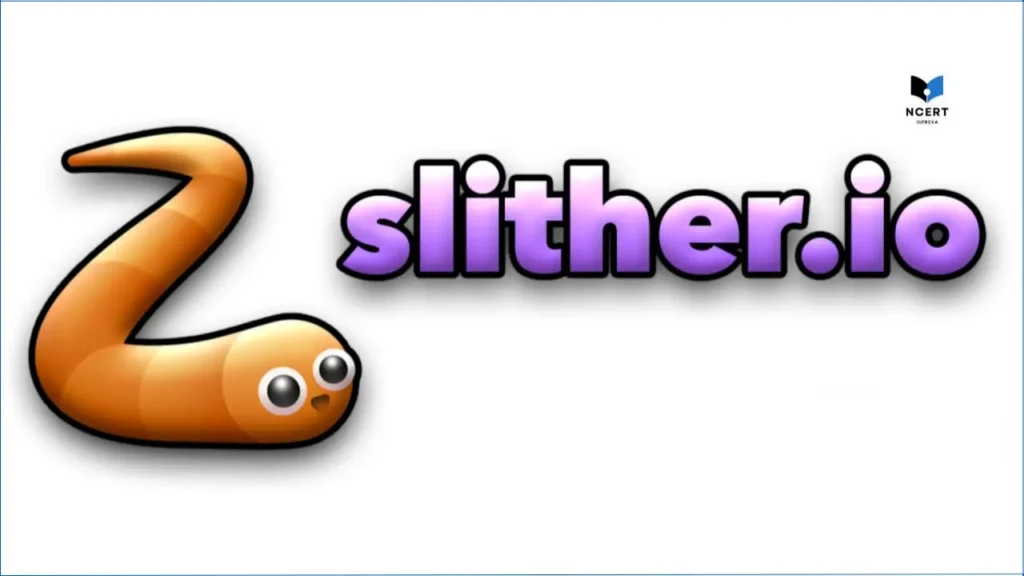
A player who understands these basics knows that boosting should never be used for casual travel. It is only worthwhile when the expected gain, such as securing a large kill or avoiding certain death, outweighs the guaranteed mass loss.
Phases of Growth
Effective Slither.io gameplay is generally divided into distinct phases based on the snake’s current mass, each requiring different tactical approaches to maximize growth and survival.
Early Game (0 – 1,000 Mass)
The initial phase focuses strictly on survival and accumulating enough mass to become competitive. Players typically avoid the map’s center, which is characterized by chaotic player density and high risk of immediate death. During this phase, the primary method of gaining mass is scavenging, which involves remaining close to large snakes and consuming the small pellets they shed or the remnants of mass left over from other players’ collisions. A key defensive maneuver for small snakes is the instant 180∘ turn, utilizing the snake’s agility to quickly reverse direction and avoid being cut off by larger, faster-moving opponents.
Mid Game (1,000 – 10,000 Mass)
Upon reaching a moderate size (1,000), the player can begin to transition into an aggressive role, leveraging the boost mechanic for rapid growth through targeted kills. The primary offensive technique in this phase is the “Cut-Off” Kill. This involves accelerating and sharply turning the snake’s head directly into the path of a parallel-moving opponent. If executed correctly, the maneuver forces the opponent to collide with the attacker’s body. Due to the inherent cost of boosting, this tactic carries a significant risk and is generally reserved for situations where a successful kill is highly probable.
Late Game (10,000+ Mass)
At this scale, the snake’s length and reduced turning speed make high-speed hunting inefficient. The strategy shifts to domination through superior size and area control, primarily achieved through trapping and constriction. The ultimate maneuver in this phase is the Coil Trap, where the large snake circles an opponent, or multiple opponents, creating an inescapable loop. The player then slowly tightens the circle, eventually forcing the trapped snake to collide with the attacker’s body. When performing this move, players are advised to maintain a sufficient internal perimeter, as the coil serves both as an offensive trap and as a defensive bunker against external threats.
Advanced Tactics
High-level play depends on maneuvering and anticipating opponent behavior. Several techniques become essential:
- Defensive Coil: When a huge kill happens nearby, quickly turn in on yourself to form a tight, static circle. This protects your head from being cut off by smaller, faster snakes rushing in for the mass.
- Drafting: Closely follow a boosting snake (or a large non-boosting snake). The small pellets they shed from boosting or the general debris are often enough to keep your mass stable, allowing you to sustain a chase without incurring a major cost.
- U-Turn Juke: When a smaller snake is boosting directly at your head, make an extremely sharp, instant 180∘ turn. The small snake, committed to its high-speed boost line, often flies past your head and crashes into your body behind you.
- Mass Protection: When a massive snake dies, don’t dive straight in. Instead, coil your body around the explosion of mass first, creating a defensive barrier. Only once the mass is secure should you slowly enter your own loop to consume it.
These maneuvers require precise control, but once mastered, they separate leaderboard players from the rest of the arena.
Conclusion
Slither.io is simple to learn but rewards careful strategy. The early game is about agility and survival, the mid-game about selective aggression, and the late game about using size for control. Success comes from knowing when to boost, how to protect mass, and anticipating how other players will react.
From my experience, the longest and most successful runs happen when I slow down, avoid reckless boosts, and think several moves ahead. Each mistake is punished instantly, but with patience, the game shifts from frantic survival to deliberate control of space.


